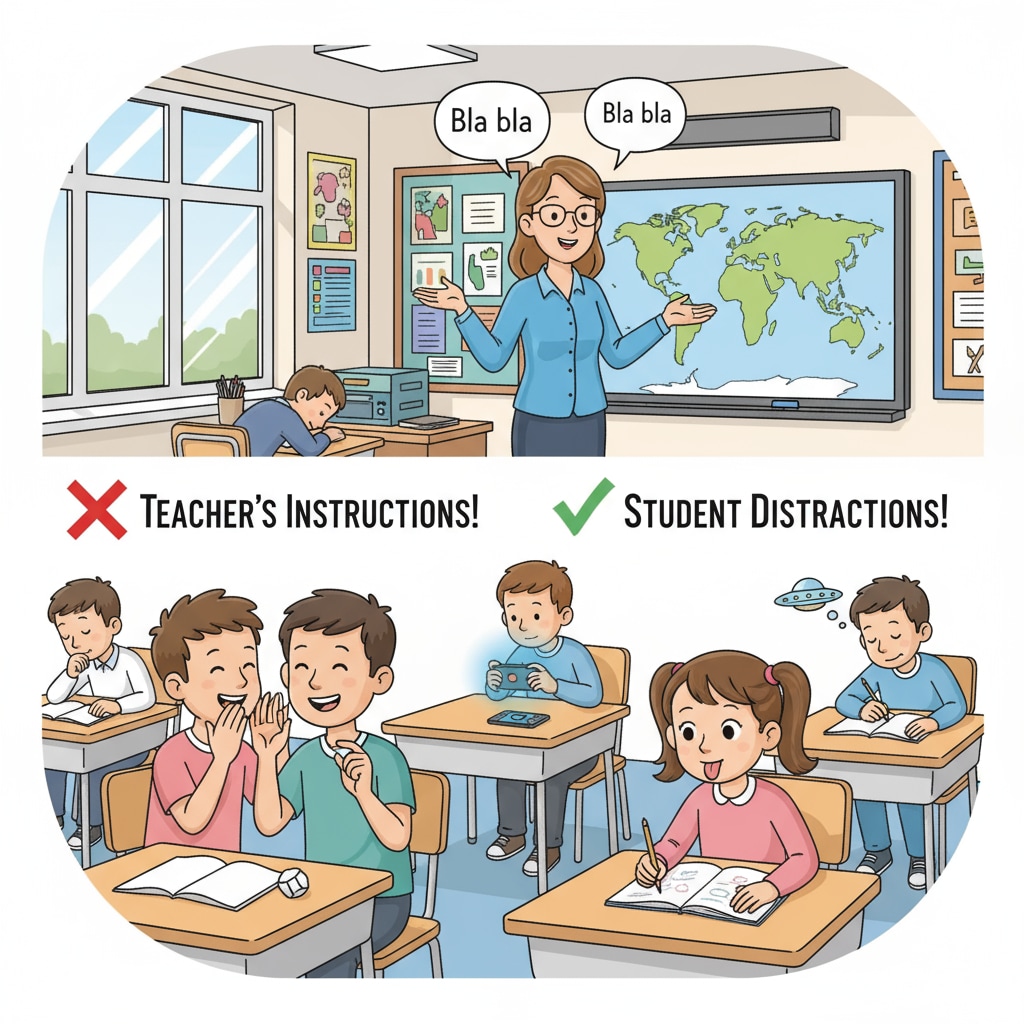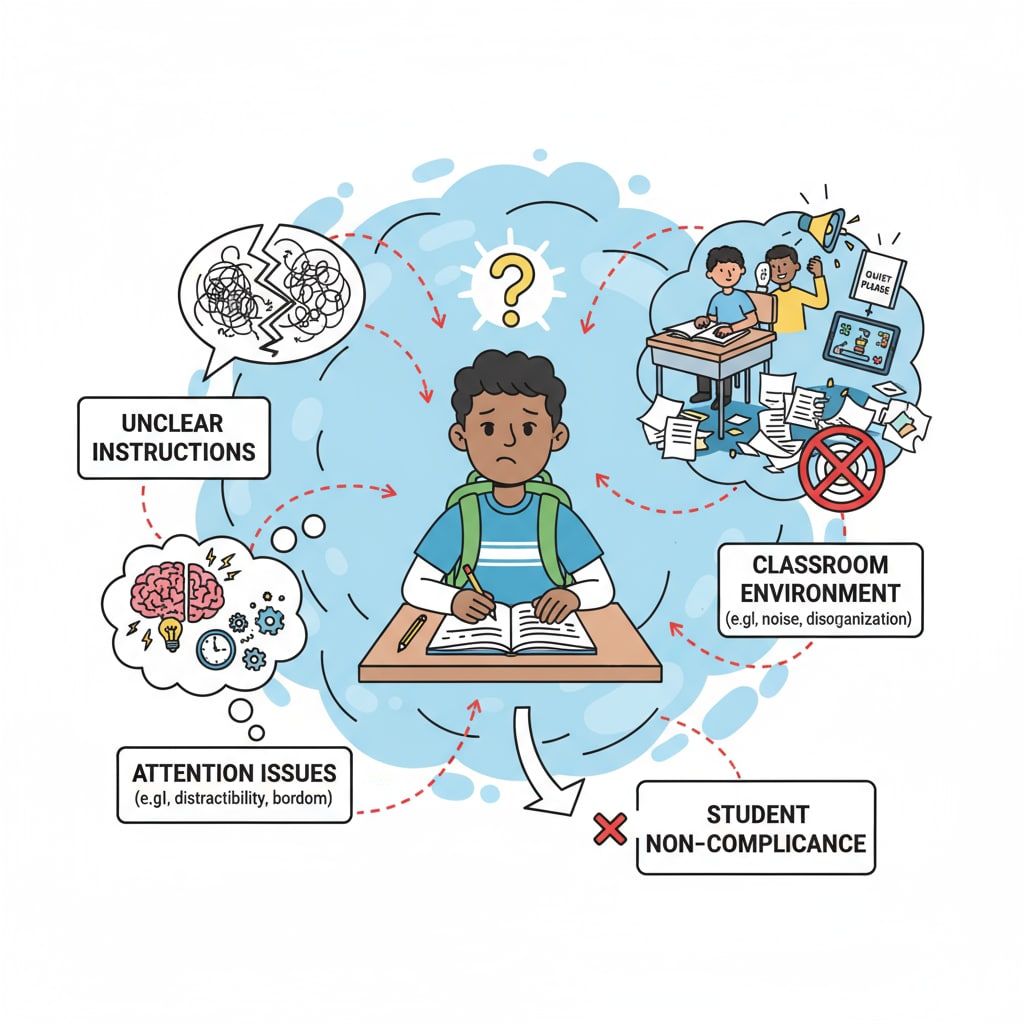The issue of students not following instructions, along with teaching dilemmas and special educational needs, is a significant concern for middle school English teachers. In a 7th – grade English classroom, the situation where students consistently fail to adhere to classroom instructions can disrupt the learning environment and impede the teaching process.

For instance, when a teacher gives instructions to start a group activity, some students may continue chatting or be disengaged, ignoring the teacher’s directions. This not only affects the progress of the lesson but also challenges the teacher’s authority and patience.
Understanding the Reasons Behind Non – Compliance
There are several factors contributing to students’ non – compliance with instructions. Firstly, the instructions themselves may be unclear. If the teacher uses complex language or fails to explain the task thoroughly, students may be confused and thus not follow the instructions. For example, if a teacher asks students to “analyze the rhetorical devices in the passage” without providing any examples or explanations of what rhetorical devices are, students may be at a loss. Secondly, some students may have attention issues. According to the American Psychological Association, students with attention – deficit/hyperactivity disorder (ADHD) may find it difficult to focus and follow instructions. Additionally, the classroom environment can play a role. A noisy or chaotic classroom may distract students and make it hard for them to concentrate on the teacher’s instructions.

Strategies for Establishing Effective Classroom Guidance
To address this problem, teachers can adopt several strategies. One approach is to make instructions clear and concise. Teachers should use simple and straightforward language, break down complex tasks into smaller steps, and provide examples. For example, when assigning a writing task, the teacher can say, “First, think of a topic. Then, write a short introduction. Next, list three main points, and finally, write a conclusion.” In addition, building a positive relationship with students is crucial. When students feel respected and cared for by the teacher, they are more likely to follow instructions. Teachers can also use positive reinforcement. Praising students when they follow instructions correctly, such as saying, “Great job, you followed the instructions perfectly,” can encourage them to repeat the behavior. According to Education.com, positive reinforcement can significantly improve student behavior.
For students with special educational needs, individualized support is essential. Teachers need to work closely with special education teachers and parents to develop an individualized education plan (IEP). This plan can include accommodations such as extra time to complete tasks, a quiet workspace, or the use of assistive technology. By providing targeted support, these students can better understand and follow classroom instructions.
Readability guidance: In this article, we have explored the issue of 7th – grade students not following instructions in the English classroom. By understanding the reasons and implementing appropriate strategies, teachers can create a more orderly and productive learning environment. We have used short paragraphs and provided lists to summarize key points, and included external links for further reference. The use of transition words like “firstly”, “secondly”, “in addition” helps to make the article more coherent.


